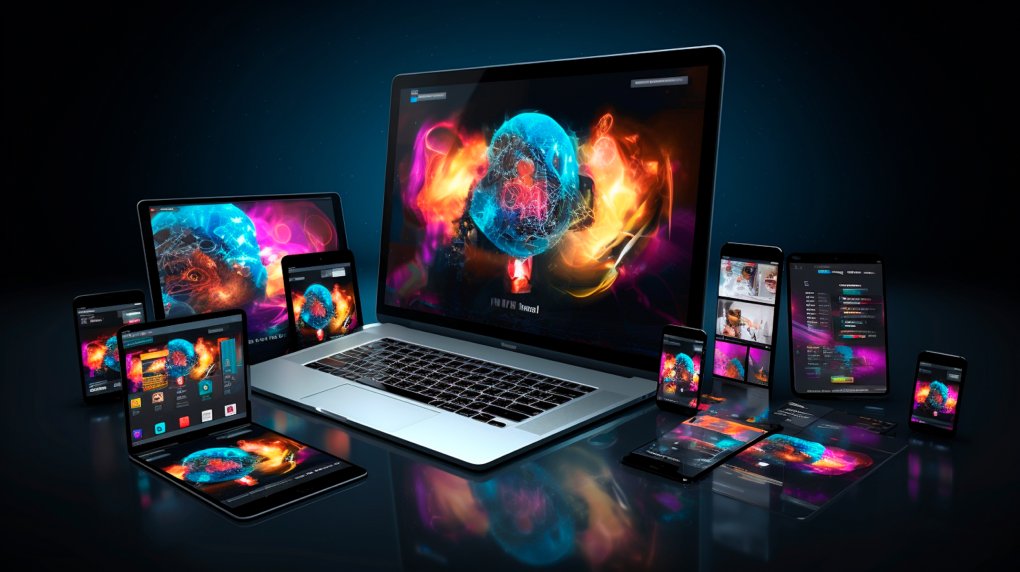Remember turning down your phone’s brightness in a movie theatre only to be blinded by a bright white website? Thanks to the rise of Dark Mode, those days are fading fast. What started as a simple preference for aesthetics has grown into a full-fledged design trend, offering a multitude of benefits for both users and designers alike.
Let’s explore the principles of dark UI Design and see why dark mode has become the go-to choice for many, especially in low-light environments, and how it’s reshaping the digital landscape.
Aesthetics with a bit of an Edge
Dark mode isn’t just about functionality, it’s also undeniably cool. With its sleek and modern aesthetic, dark Mode resonates with users and projects a forward-thinking image for businesses and brands, making it one of the best dark UI design examples that helps them stand out.
Dim the Lights, Soothe the Eyes
One of the compelling reasons behind the adoption of dark mode is its ability to reduce eye strain, particularly in low-light conditions. Dark mode provides a much-needed reprieve with its dark backgrounds and lighter text, reducing eye strain and making it ideal for late-night browsing sessions or dimly lit environments.
Battery Boost that your Device will love
For devices equipped with OLED or AMOLED screens, Dark mode isn’t just easy on the eyes, it’s also kind to the battery. Unlike traditional LCD screens that use a backlight to illuminate pixels, OLED and AMOLED displays can individually turn off pixels to achieve true blacks.
By requiring less power to illuminate dark pixels, Dark mode can extend battery life, giving your device that extra boost. This is a perfect reason the dark UI design is ideal.
Sharpen your Focus: Enhance your Readability
Dark Mode has psychological implications that contribute to a more immersive user experience. The contrast between dark backgrounds and light text draws attention to the content, creating a focal point that enhances readability and clarity. By minimising visual clutter, dark UI design makes it perfect for tasks that require concentration, like reading lengthy articles or editing photos.
Designing for the Dark Side
Implementing dark mode requires careful consideration. Designers must ensure accessibility by maintaining high contrast between text and background elements. It’s also essential to strike the right balance with colour choices, opting for dark grey palettes over pure black for a softer look. Designers must pay attention to contrast ratios, typography, and colour choices to maintain readability and visual hierarchy in dark-themed interfaces. Testing is key to guaranteeing all elements remain visible and functional in dark mode.
The Future of Light and Dark
As display technology advances, we can expect dark UI design to evolve further, with more nuanced options tailored to different lighting conditions and user preferences. Ultimately, the rise of Dark UI design reflects a growing demand for comfortable, user-friendly interfaces. By embracing the dark side, designers can create websites and apps that are aesthetically pleasing, and a joy to use.
Additionally, it’s essential to provide users with the flexibility to toggle between light and dark modes, allowing them to adapt to varying lighting conditions and personal preferences.
Dark mode has come a long way from being a mere design preference to a practical solution for enhancing user experience in low-light environments. With its ability to reduce eye strain, conserve battery life, and improve focus, Dark mode is here to stay.
Dark UI designs help designers illuminate the way forward for a more immersive and user-centric digital future. By embracing Dark Mode and integrating it thoughtfully into UI designs, developers can create interfaces that are visually appealing and functional, illuminating the way for a more immersive and user-centric digital future

